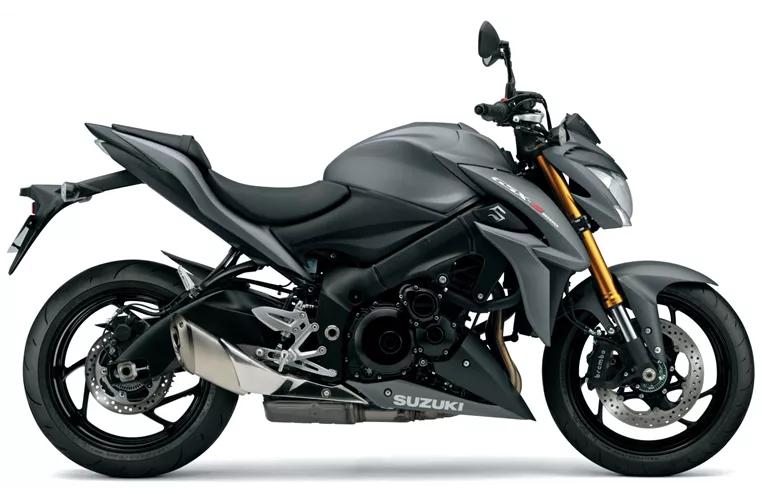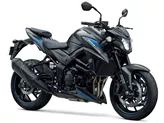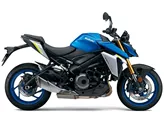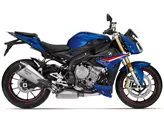Suzuki GSX-S1000 2016 vs. Kawasaki Z900 2017

Suzuki GSX-S1000 2016

Kawasaki Z900 2017
Overview - Suzuki GSX-S1000 2016 vs Kawasaki Z900 2017
When comparing the Suzuki GSX-S1000 2016 and the Kawasaki Z900 2017, there are several factors to consider.
Starting with the engine and drive train, both bikes have an inline four-cylinder engine with fuel injection and liquid cooling. However, the Suzuki GSX-S1000 has a larger displacement of 999cc compared to the Kawasaki Z900's 948cc. In terms of power, the Suzuki GSX-S1000 has 149 horsepower, while the Kawasaki Z900 has 125.4 horsepower. The Suzuki also has a higher torque of 106 Nm compared to the Kawasaki's 98.6 Nm.
Moving on to the suspension, both bikes have upside-down telescopic forks in the front and a swing arm with a monoshock in the rear. The Suzuki GSX-S1000 offers more adjustment options for the front suspension, including compression, preload, and rebound. The Kawasaki Z900 only offers preload and rebound adjustment for the front suspension.

Suzuki GSX-S1000 2016
In terms of the chassis, the Suzuki GSX-S1000 has an aluminum frame with a twin-tube design, while the Kawasaki Z900 has a steel frame with a double cradle design.
Both bikes have double disc brakes in the front with four-piston calipers. However, the Suzuki GSX-S1000 has larger diameter discs at 310mm compared to the Kawasaki Z900's 300mm. The Suzuki also uses radial technology for its front brakes, while the Kawasaki uses a petal design.
Both bikes are equipped with ABS as an advanced rider assistance system.
In terms of dimensions and weights, the Suzuki GSX-S1000 has a slightly wider rear tire at 190mm compared to the Kawasaki Z900's 180mm. The Suzuki also has a slightly longer wheelbase at 1460mm compared to the Kawasaki's 1450mm. The seat height of the Suzuki is 815mm, while the Kawasaki's seat height is slightly lower at 795mm. The weight of both bikes is similar, with the Suzuki GSX-S1000 weighing 209kg and the Kawasaki Z900 weighing 210kg (both with ABS).

Kawasaki Z900 2017
In terms of strengths, the Suzuki GSX-S1000 has a powerful engine, good braking control, a stable and sensitive chassis, a comfortable seating position, and a relatively low price. On the other hand, the Kawasaki Z900 is praised for its ingenious naked bike chassis, superb looks, responsive engine, and an optimum intersection of performance, price, and practical use.
However, the Suzuki GSX-S1000 does have some weaknesses, including a front end that may be too aggressive for some riders and a throttle response that can be too sensitive in the lower rev range. The Kawasaki Z900's main weakness is its narrow knee angle, which may be uncomfortable for taller riders.
In conclusion, both the Suzuki GSX-S1000 2016 and the Kawasaki Z900 2017 have their own strengths and weaknesses. The Suzuki offers a more powerful engine and more adjustable suspension, while the Kawasaki impresses with its chassis design and overall performance. Ultimately, the choice between the two will depend on the rider's preferences and priorities.
Technical Specifications Suzuki GSX-S1000 2016 compared to Kawasaki Z900 2017
Pros and Cons in comparison
Pros and Cons in comparison
Suzuki GSX-S1000 2016
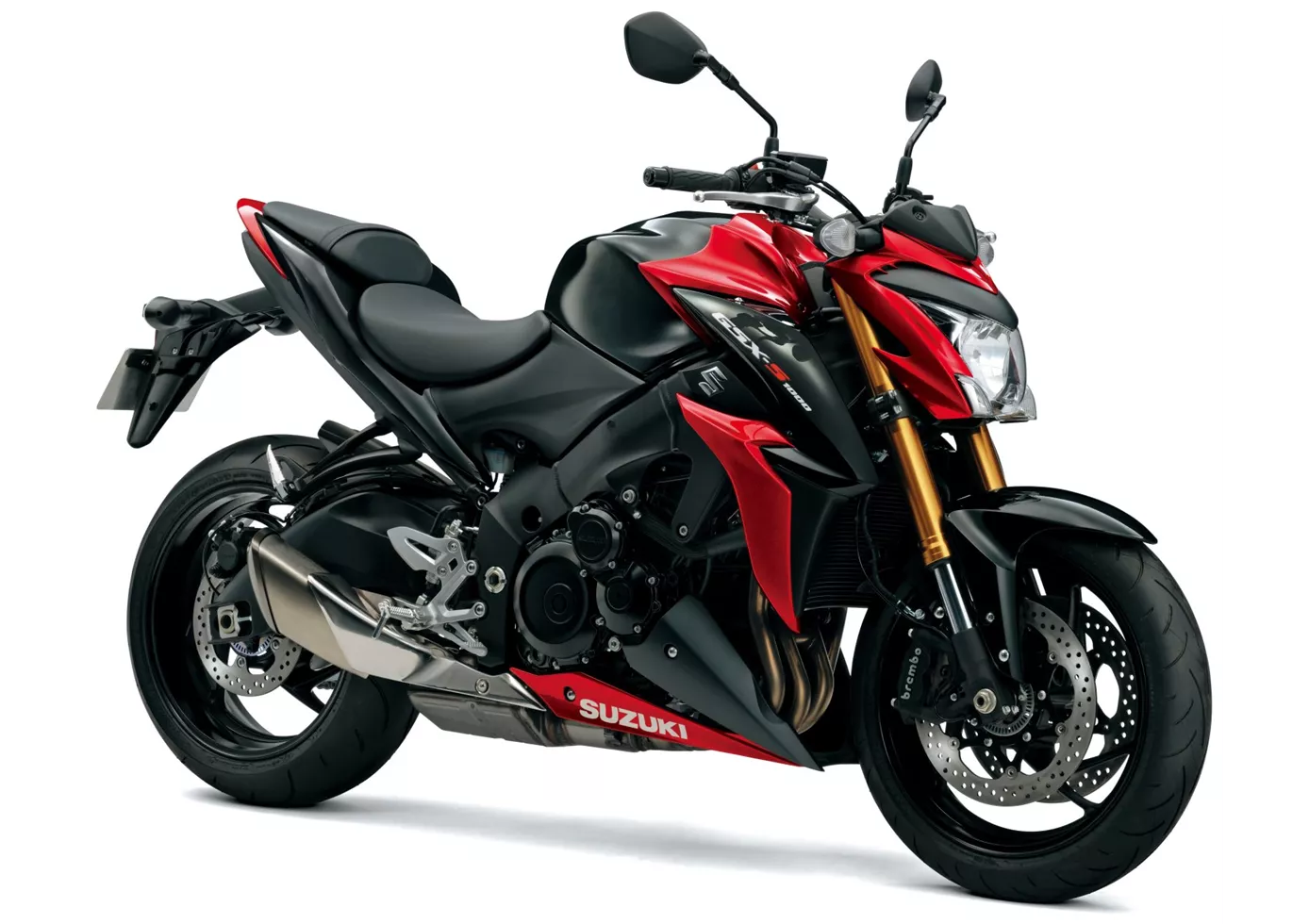
Some might be surprised that after waiting so long, Suzuki did not launch the ultimate, uncompromising power naked bike. Instead, the Suzuki GSX-S 1000 with its 149 hp seems almost too well-behaved. But once you ride it on the race track, you quickly realise that the engine is far more powerful in real life and that the rest of the performance of the chassis and braking system is also impressive. In return, it also offers a large portion of everyday and practical suitability - not bad ingredients when you have to cover everything from everyday to race track with a single bike.
Kawasaki Z900 2017

An incredibly well-designed motorbike. A lot of test work and attention to detail went into it. It has exactly the right power, exactly the right chassis and exactly the right look. An all-round successful naked bike that will make you happy for a long time. If you like, you can ride it simply and faithfully, but if you want, you can also ride it really fast and it wheels like hell. Great!
Price Comparison Avarage Market Price Suzuki GSX-S1000 vs Kawasaki Z900
There are a few key differences between a Suzuki GSX-S1000 2016 and a Kawasaki Z900 2017. In terms of price, the actual average price of a Kawasaki Z900 2017 is about 3% higher. A Suzuki GSX-S1000 2016 experiences a loss of 90 USD in one year and 1,330 USD in two years of ownership. This is offset by a loss of 520 USD and 920 USD for a Kawasaki Z900 2017. Compared to Kawasaki Z900 2017 there are less Suzuki GSX-S1000 2016 bikes available on the 1000PS.de Marketplace, specifically 10 compared to 43. It takes less time to sell a Kawasaki Z900 with 85 days compared to 109 days for the Suzuki GSX-S1000. Since model year 2015 1000PS.de editors have written 36 reviews for the Suzuki GSX-S1000 and 46 reviews for the Kawasaki Z900 since model year 2017. The first review for the Suzuki GSX-S1000 was published on 9/27/2014 and now has more than 17,100 views. This compares to more than 93,200 views for the first review on Kawasaki Z900 published on 11/11/2016.
